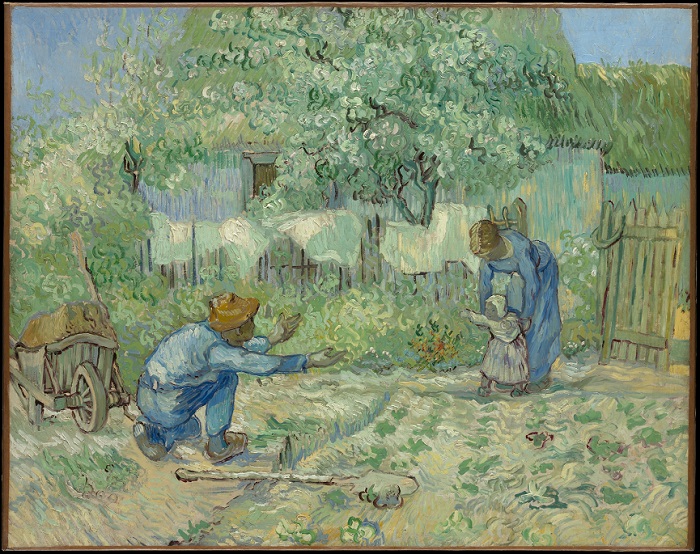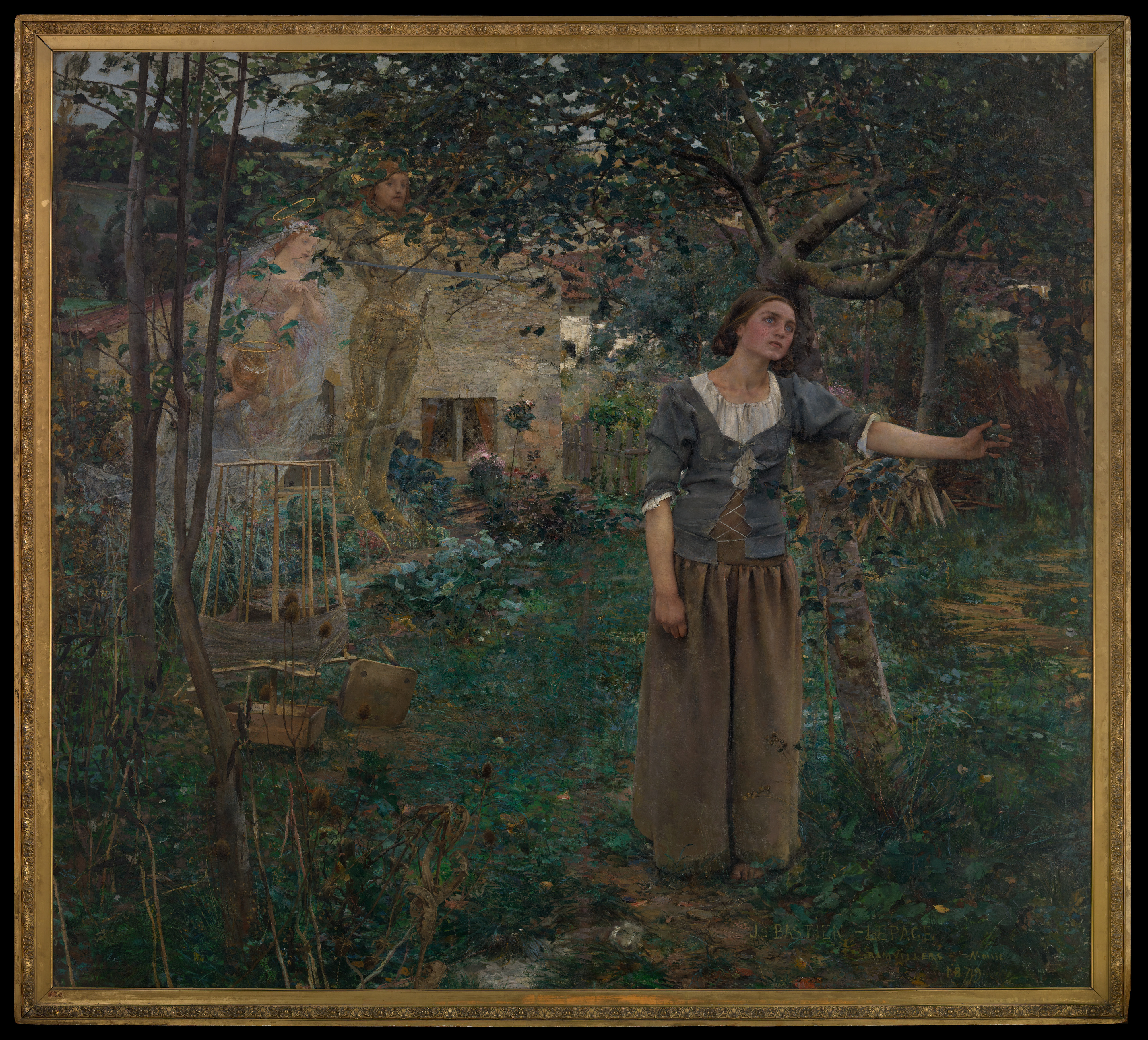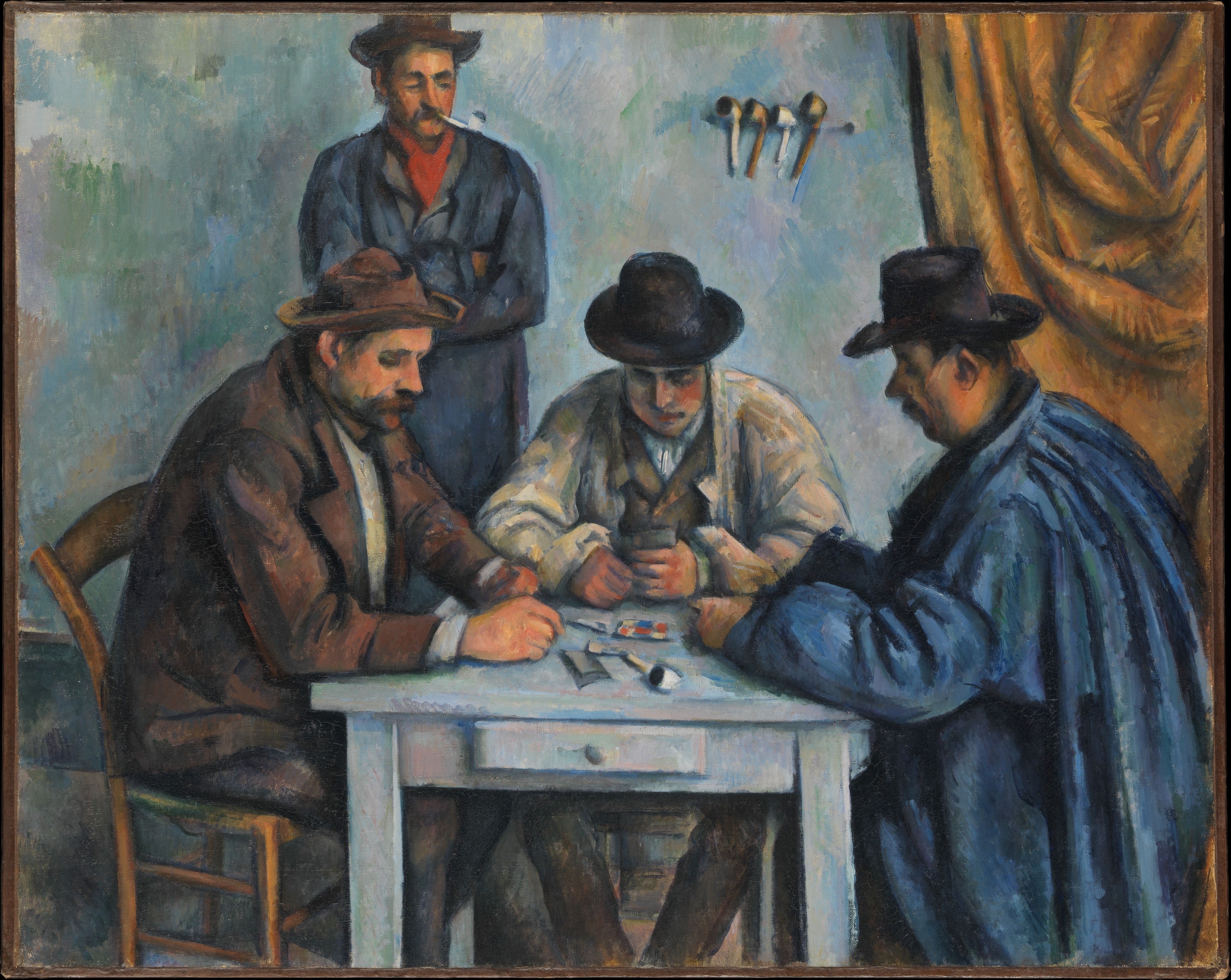Thanks to APIs, the art world has become completely accessible. It’s no longer necessary to take a flight to see the Mona Lisa in Paris at the Louvre or hop a flight to New York to view a Renoir or Van Gogh at the Met (Metropolitan Museum of Art)—although it would be a lot of fun. But for those who can’t make the long trip, APIs and the art world are now at your disposal 24/7. Read about how API growth in the marketplace is on the rise.

APIs and the art world
With APIs and the art world, you now have at your fingertips databases that are available from many museums. With this API functionality, these museums can exhibit the works of a myriad of artists from an array of locations around the world.
In February 2017, the Metropolitan Museum of Art took the enormous leap and introduced its Open Access policy. Thanks to this marvelous initiative from the Metropolitan Museum of Art Met Collection API, you now have carte-blanche admission to view, download and distribute, without limits, over 406,000 images of public-domain works in the Met’s collection all thanks to API technology.
This database goes even further by providing the viewer with the history of the painting, as well as detailed information about the artist and the artwork itself. You no longer need to head to the library in search of an artist’s book for information about a specific painting. With an API and the art world, digital transformation is always working for you to grow your knowledge further. Read all about how Syncplicity by Axway powers your digital transformation here.

Real value
What is the real value of having museum data that is available to the public? For one thing, it goes way beyond looking at works of art online, you now have a valuable resource tool to view art in a new way, not only for students doing research but for the inquisitive viewer as well. The NGA (National Gallery of Art | NGA Images) also provides a podium for downloading images in digital format, along with related information on the artists.
APIs and the art world have other fascinating features that are now available through APIs. You can take virtual tours of museums and explore artists you may not be familiar with leading you to discover something new you may have overlooked. Furthermore, Google is in the mix with Google arts and Culture. APIs also allow you to purchase gifts online at the museum gift stores which is another excellent perk of APIs. Even the Royal Collection Trust allows you to do shopping from the comfort of your chair via APIs.
APIs are not just resource tools with background information on artists, websites such as vastari.com have an API space that makes it easier for museums “to communicate with the private sector directly, as well as tour exhibitions globally and share information with exhibits worldwide.” It enables the art world to work together on a universal scale.

APIs are always advancing
APIs are always advancing every day. With innovative technological developments in the art world with APIs, you are one step closer and can compare art side by side via different museums by means of APIs. This allows you the liberty to get one step closer to the artist’s work through APIs.
The website International Image Interoperability Framework or IIIF is an API that makes artwork in digital form available to the masses. This API doesn’t restrict views from just one website such as a museum but gives you availability to large amounts of digital images from around the world.
With this API, you can do comparisons and zero in on paintings in a rapid manner. This API was created by art institutions. Their goal is to give academics an unprecedented amount of admittance to image sources regardless of the location. Further, it’s one of the more exciting tools in the museum tech world today. IIIF lets you zoom in on images, quickly build virtual collections and share them more easily side by side.
Read more about APIs and the art world here.


